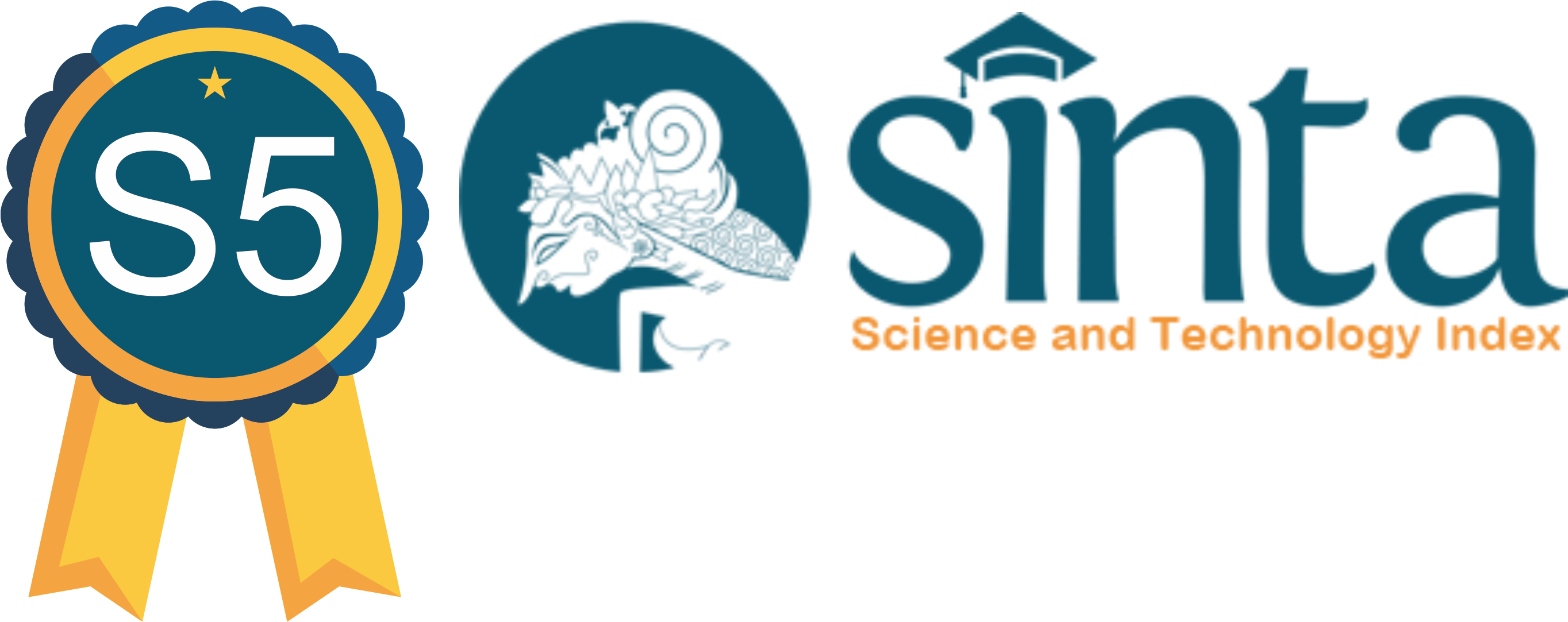The Relationship Between Social Media Addiction and Emotional Stability in Adolescents in Kupang City
Abstract
Indonesia is an Internet user, and digital media is currently the main choice of communication channel they use. One of the effects that occurs when using too much social media is that the emotions expressed through social media can be transmitted unconsciously. Emotions expressed through social media can be transmitted unnoticed by social media users when reading or viewing content from other users. The hypothesis in this study is that there is a relationship between social media addiction and emotional stability in adolescents in Kupang City. Participants in this study were teenagers aged 15-18 years who actively used social media in the city of Kupang, totaling 360 respondents. The analysis used is the correlation test. This study concludes that there is a negative and significant relationship between social media addiction and emotional stability in adolescents in Kupang City. It is shown from the results of the analysis that there is a correlation coefficient of -0.361 with a significant level of 0.000.
Downloads
References
Astuti, Vina Witri. (2011). Hubungan antara kestabilan emosi dengan psychological well being pada pasangan muda. Skripsi, Universitas Sebelas Maret Surakarta.
Azmi, N. (2015). Potensi emosi remaja dan pengembangannya. Jurnal Pendidikan Sosial, 2(1), 407-299
Bilimoria, D. D, Mukhopadhyay, P., & Das, S. (2015). Psychopatology of emotion unstable personality disorder : A neuropsychosocial perspective. Indian Journal of Clinical Psychology, 42(1),25-34.
Laporan Survei Internet APJII. (2020). Indonesia Survey https://apjii.or.id/survei diakses pada tanggal 12 Januari 2021
Neviyani, A. (2020). Perkembangan kognitif, bahasa, perkembangan sosio-emosional, dan implikasinya dalam pembelajaran. Jurnal Inovasi pendidikan, 7(2), 655-875
Putri, Wilga S.R., Nurwati, R. N., & Budiarti, M. (2016). Pengaruh media sosial terhadap perilaku remaja. Jurnal Prosiding KS Riset & PKM, 3(1), 47-51.
Putro, K. Z. (2017). Memahami ciri dan tugas perkembangan masa remaja. Jurnal AplikasiIlmu-ilmu Agama, 17(1), 1-31.
Schneiders, A. A. (1964). Personal Adjusment And Mental Health. New York: Holt, Rinehart and Winston.
Supriadi, C. Q. A., & Hatta, M. I. (2021). Hubungan Regulasi Emosi dengan Adiksi Media Sosial pada Remaja di Kota Bandung. Prosiding Psikologi, 7(1), 24-27.
Suryani, F. L., & Suwarti, C. H. D. (2014). Instagram dan Fashion Remaja. Jurnal Kommas, 205(1), 76-77.
Utami (2018). Hubungan antara Penggunaan Sosial Media dengan Stabilitas Emosi pada Remaja. Universitas 17 Agustus 1945.
Valkenburg, P. M., & Peter, J. (2011). Online communication among adolescents: An integrated model of its attraction, opportunities, and risks. Journal of Adolescent Health, 48(2), 121–127. doi:10.1016/j.jadohealth.2010.08.020
Copyright (c) 2023 Maria Selda Andriani Ngamo, Diana Aipipidely, Marylin S Junias, Juliana Marlin Y Benu

This work is licensed under a Creative Commons Attribution-ShareAlike 4.0 International License.
Journal of Health and Behavioral Science (JHBS) is licensed under a Creative Commons Attribution-ShareAlike 4.0 International License. You are free to copy, transform, or redistribute articles for any lawful purpose in any medium, provided you give appropriate credit to the original author(s) and JHBS, link to the license, indicate if changes were made, and redistribute any derivative work under the same license. Copyright on articles is held by the authors. By submitting to JHBS, authors grant any third party the right to use their article to the extent provided by the Creative Commons Attribution-ShareAlike 4.0 International License.

 Maria Selda Andriani Ngamo(1)
Maria Selda Andriani Ngamo(1)








